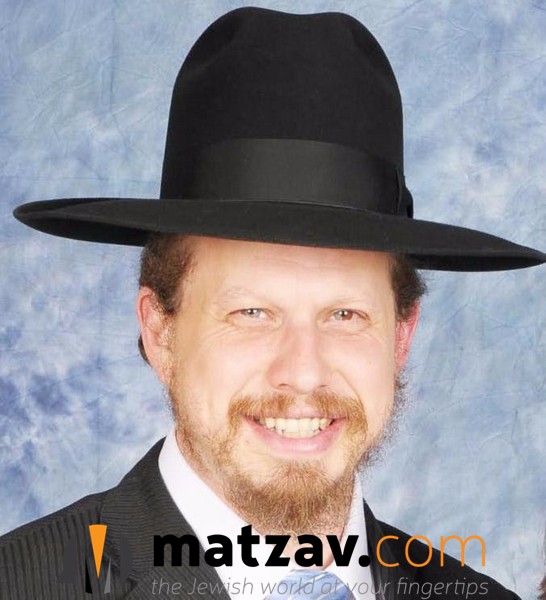
By Rabbi Berach Steinfeld
In Vayikra 25:2 the Torah tells us that the land should rest on the seventh year as a Shabbos to Hashem. In 25:4 The passuk tells us that one cannot plant nor harvest. We see that Shmitta consists of two mitzvos. One a positive and one a negative.
The Achronim discuss whether the mitzvos of Shmitta is a mitzva on the person (gavra) not to work his field. Or is it a mitzva on the field (cheftza) not to work on it.
The Ramban and Even Ezra compare the Mitzva of Shmitta to Shabbos and say that just like Shabbos every Jew must keep it so too shmitta must be kept by every Jew. It seems to be is a mitzva on the land (cheftza.) The Rambam in Hilchos Shmitta Veyovel 1:1 in his summary says that the mitzvas asseh is that the land should rest on Shmita and the lav is that the person should not work on his field during the year of shmitta. It would seem to be a difference between the asseh which is on the cheftza and lo saaseh which is on the gavra. The Rambam does summarize and say that one who worked on the field is over an asseh and lo saaseh is mashma that it is a chiyuv on the gavra.
The Gemara in Avoda Zora 15b brings a story that Rav Huna sold a cow to a non-Jew. Rav Chisda asked him how he was allowed since one is not allowed to sell a beheima to a non-Jew because he might come to lend a non-Jew an animal and the animal will work on Shabbos. Rav Huna responded that since there is a chance that the non-Jew will slaughter the animal to eat it there is no worry that he might come to work with the animal. The Gemara brings a proof from Bais Hillel that one is allowed to sell an animal to a Jew who does not keep shmitta because there is always the chance, he might slaughter it to eat it. Rabba asked how can we compare Shabbos to shmitta? Shabbos, one has a mitzva of his animal to rest whereas shmitta there is no mitzva for an animal to rest. Abaya responds that even in a case where one’s animal needs to rest one can sell it the same way one can sell land on shmitta since there is always a chance that the new owner will leave it fallow. From Abaya we see that the mitzva of shmita is like Shabbos that the mitzvah is on the field (cheftza.) Many RishonimRashi and others agree that the mitzva is on the cheftza. According to those opinions one would not be allowed to rent his field during shmitta as the field might be worked on.
The Maharit argues on Rashi and the other Rishonim and he says that if a non-Jew works on a Jew’s field on shmitta the Jew is only oveir a DeRabbanon. It is only an issur as it looks like he is doing work for the Jew. Therefore, if it is rented Be’havlaah for instance a three-year rental at a set price it would be permissible. Reb Shlomo Zalman Auerbach says this would be a reason one could rent an apartment with a garden to a non-religious Jew even if he might work on the garden on shmitta as it is only a DeRabbanon.
The Chazon Ish argues and is medayek from Tosfos that the chiyuv shmitta is on the gavra. The nafka mina will be in the following scenarios. If one has someone else do work in the karka on shmitta will depend if the issur is on the gavra or cheftza. If one rents a field who has the mitzva the owner of the field or the renter. If machines automatically work the field would that be allowed or not grama that would also depend on what we hold gavra of cheftza. Another difference would be if women have the mitzva or not if it is on the gavra it is a mitzvas asseh shehazman grama if on cheftza it would not make a difference. The same question would apply to a field owned by more than one person and only one person does melacha would all partners be oveir or just the one working. One more nafka mina would be if there would be any reason to buy a land on shmitta to keep it fallow. If it is on the gavra then there would be a chiyuv if it is on the cheftza it would not be a chiyuv. Halacha Lemaaseh the consensus is that shmita is a hybrid the asseh is on the cheftza but the lo saaseh is on the gavra so we go lechumra in all of the above nafka minas.
May we be zocheh to be mekayem shmitta in Eretz Yisroel by being redeemed by Mashiach!











